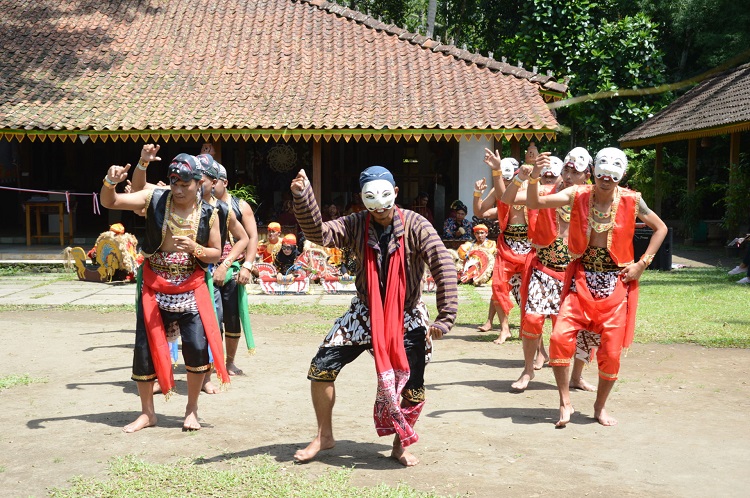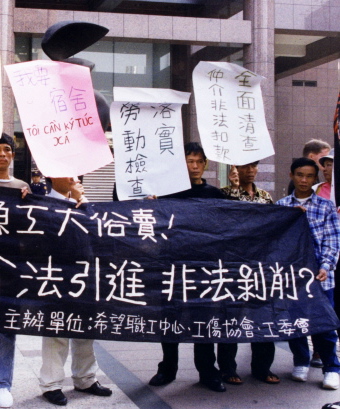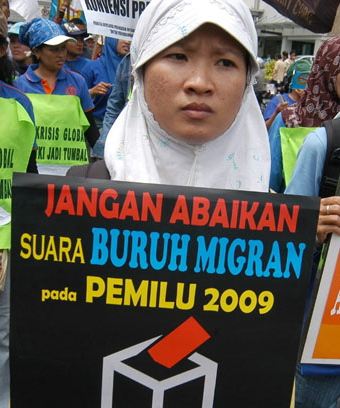Cultural therapy and neurotherapy treat more than just the symptoms of poor mental health
Versi Bh. Indonesia
Cultural therapy and neurotherapy treat more than just the symptoms of poor mental health
Santi Yuliani
In 1916 a Dutch physician named J Scholtens submitted a report to the colonial administration on the need for an additional mental health hospital. There were two in the Dutch East Indies at that time: one near Bogor (the oldest in the colony and Scholtens’ base) and one near Lawang.
He also submitted concrete architectural plans for the hospital, at that time generally referred to as an insane asylum (krankzinningengesticht in Dutch) and suggested it be built near Magelang in Central Java. It took seven years to convince the colonial administration that the location was suitable and to release the necessary funds. Finally, in 1923, the new psychiatric hospital opened its doors.
It was located four kilometres from downtown Magelang, close to the highway that connects the cities of Yogyakarta, Semarang and Purworejo. The area is surrounded by the Merapi volcano, the dormant Merbabu and Telomoyo volcanos, and the Andong mountain to the east; the dormant Ungaran volcano to the north; and the Sumbing volcano and Menoreh mountain to the west. Tidar hill is located to the south, nicknamed the ‘Nail of Java’ (Pakunya Jawa); legend has it that the island of Java is ‘nailed’ to the earth here. The Borobudur temple is not far away.
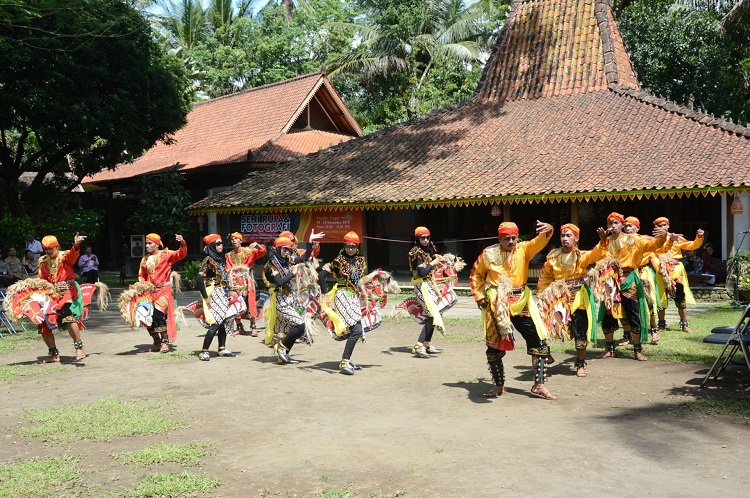
The institution was originally named Krankzinningengesticht Kramat. After many name changes, both before and after independence, it is now called the Magelang Psychiatric Hospital (Rumah Sakit Jiwa Prof. Dr Soerojo Magelang). Its long history gives it a cultural heritage that must be preserved.
Healing through culture
Indonesian culture is very different from Western culture. Differences in everyday life are found in cultural norms, spirituality, religious beliefs, social hierarchies, notions of time, spatial relationships and much more. Indeed, within Indonesia itself there are many different cultures. This makes Indonesia a complex, but also a unique country. In my opinion, all Indonesians should appreciate this diversity and appreciate the arts and culture of all ethnic groups within the country. This diversity is a source of wealth for the Indonesian people that must be preserved. Preserving Indonesia’s culture cannot, however, be restricted to structures of a certain age or practices belonging to a specific ethnic group.
Indonesian culture exerts its influence in many different ways. At the Magelang mental health hospital, it informs the therapeutic activities that take place within. Patients are invited to participate in traditional arts, such as jathilan (a Javanese dance depicting a group of horsemen in which dancers carry a flat horse made of bamboo), topeng tembem and buto (both Javanese masked dances). We believe that this encourages healing and recovery. Participating in traditional Javanese dance increases the confidence of patients. The sound of gamelan music reduces tension, which makes it easier for patients to express themselves. By participating in traditional dance and other traditional Javanese art forms, patients become more open to physicians, their family, and the community. Art therapy assists in improving the social skills of recovering patients, which helps them in future interactions within their community. Vice versa, art therapy also eases the acceptance of former patients back into their community. Although there are many patient testimonies on the importance of culture-based therapy for their recovery, there has never been a research project that examines its efficacy.
Neurofeedback
In 2006, the Magelang hospital responded to requests from the public that comprehensive health services be made available. The hospital now hosts diverse health service staff that include surgeons, paediatricians, obstetricians and gynaecologists, neurologists, radiologists, anaesthetists and specialists from many other fields. The hospital now has operating rooms, beds for short-term hospitalisation, and a delivery room. Additional mental health services and sophisticated new equipment have also been added, such as neurofeedback technology which became operational in 2014.
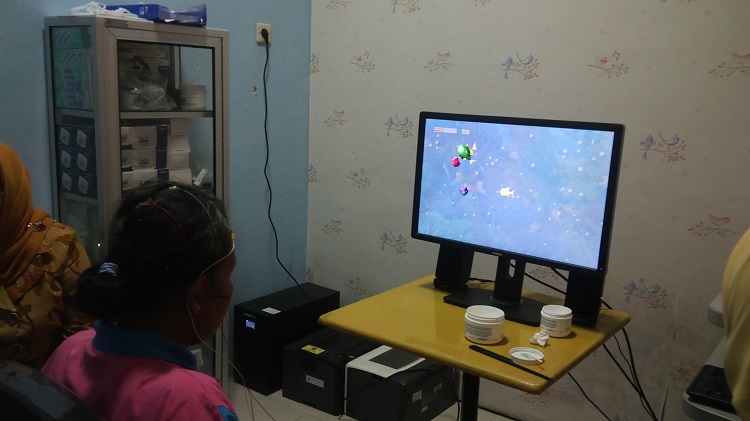
Neurofeedback is also known as EEG biofeedback or neurotherapy. It is a sophisticated technique that aims to train the brain to function better. Through neurofeedback, the brain can be trained to function and operate at its maximum capacity while simultaneously training nerve pathways to improve function in various regions of the brain. Neurofeedback training is currently one of the most promising options for managing various mental disorders, such as anxiety, depression, attention deficit hyperactivity disorder (ADHD), behavioural disorders, insomnia, premenstrual syndrome (PMS), and other emotional disorders. During neurofeedback training, patients can see a visualisation of their brain activity through a display of their brain waves on a computer screen, which forms part of a game they play.
To be able to use a new tool effectively, research must first be conducted to determine its efficacy. Considering the number of chronic patients currently being treated for schizophrenia and the number who are depressed after having been schizophrenic, we conducted a study using neurofeedback on individuals with post-schizophrenic depression. It is known that depression is a condition with a fairly high level of risk because it can lead to suicidal ideation and suicide. The treatment of patients with post-schizophrenic depression is different from the treatment of other individuals with depression; the recommended medication is very different. It is, of course, possible to prescribe anti-depressant medications for individuals with schizophrenia and depression in addition to the medications they are already taking. This is, however, not always desirable because most of these patients already take several medications. Moreover, little is known about the interactions between these medications. It is, therefore, preferable to choose therapies that do not involve medications to treat depression.
Results
We enrolled 100 research participants in our project, and divided them into three groups: group one was prescribed anti-depressant medication; group two participated in traditional Javanese dance; group three made use of neurofeedback training. The results were quite surprising; all three groups showed significant progress in decreasing their depression scores. There were, however, significant differences in the qualitative reports that research participants provided. Those in the anti-depressant group reported that they were not excited by the therapy they had received, whereas in both the neurofeedback and traditional dance group participants reported a sense of enjoyment.
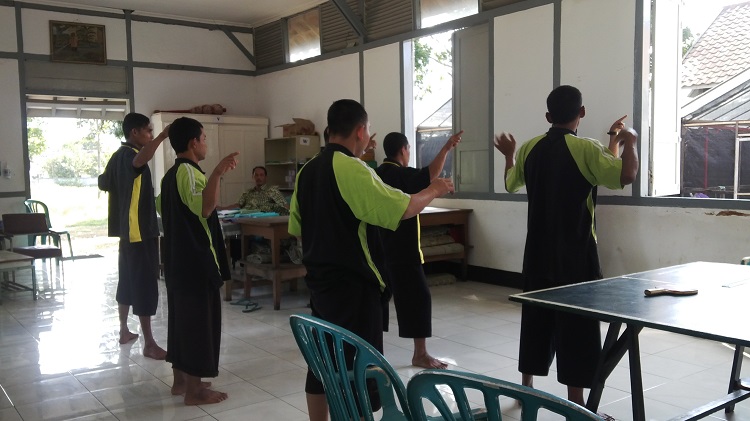
There are reasons to explain the sense of enjoyment in the neurofeedback and traditional dance groups. Neurofeedback is experienced on an individual basis; its success is indicated in the form of a diagram. Traditional dance, is a group activity; its success is determined by a sense of the group’s cohesiveness, and feedback is provided in the form of applause and the audience’s response. Participating in group activities trains patients’ social skills and improves their ability to communicate; seeing each other’s expressions while dancing mitigates feelings of loneliness. When our research participants were able to perform traditional Javanese dances well, they received applause and appreciation from the audience. This made them feel valued and accepted by the community.
So, which therapy is the best? Surely technology and medication are necessary for mental health care. Much scientific research has been conducted to create therapeutic tools and medications; both are evidence-based. However, we need to keep in mind that mental health is biological, psychological, social, and cultural; we must not forget the importance of incorporating cultural elements into our therapy. From the research I have presented here, making use of local cultural practices yields significant therapeutic benefits for post-schizophrenic depression. Patients report that they greatly enjoy participating in these dances. This achieves one of the main goals of mental health therapy, which is not only symptom remission, but also to assist individuals during their recovery and to support their wellbeing.
Santi Yuliani (doktersanti@gmail.com) is a consultation-liaison psychiatrist associated with the Prof. Dr Soerojo Psychiatric Hospital in Magelang.

